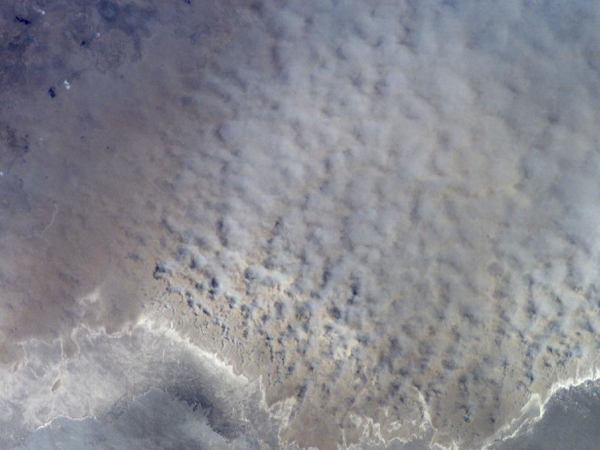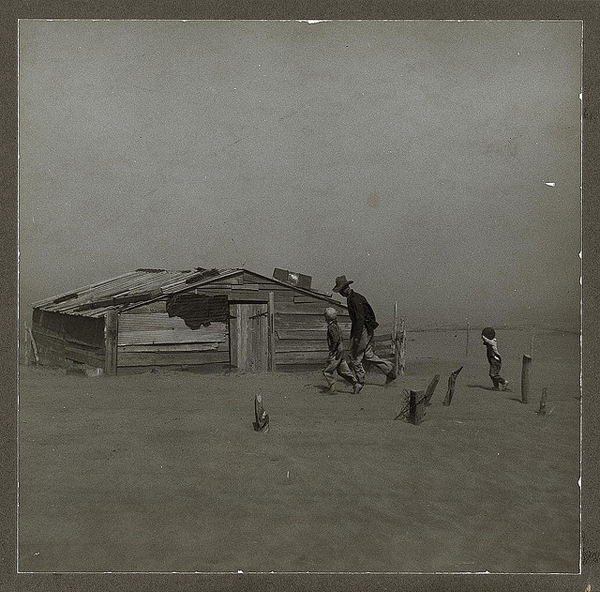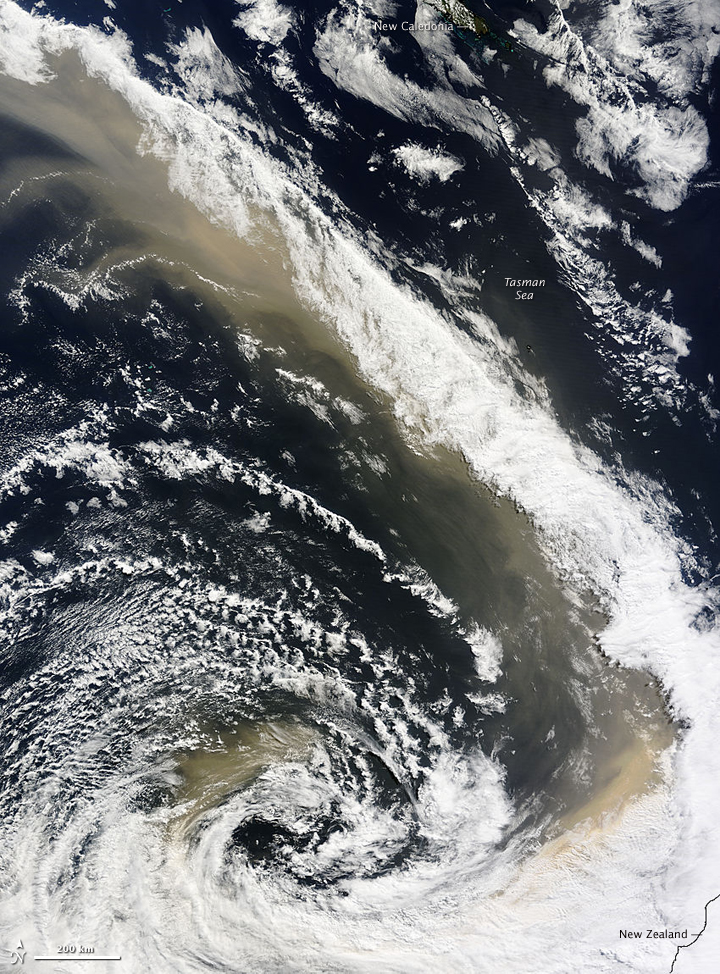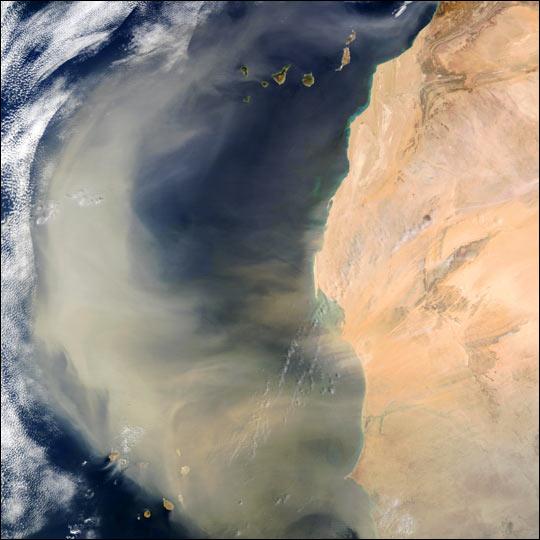
7 Crazy Facts about Dust Storms
Irritating weather patterns

On the horizon, a plume of dust appears. It slowly approaches and envelopes you, shrouding your world in a cloud of sediment. A dust storm has arrived.
Dust storms or sandstorms can run the gamut from annoying to apocalyptic. They are usually caused by a front moving through an arid region with plenty of sediment to stir up with its winds. But you might wonder, "How big can they be? And what have been the craziest dust storms throughout history?" Wonder no longer.
Disappearing army

The Persian ruler Cambyses II conquered Egypt in the sixth century B.C. According to the Greek historian Herodotus, his army of 50,000 then set out for the Siwa Oasis, perhaps to seek legitimacy or seek counsel from the oracle there, in the Western Desert. As legend has it, his army then vanished, buried by a dust storm.
Researchers from Egypt's Helwan University came across a site in 2000 in which they found clothing and artifacts, which they think may be the remains of Cambyses's army, according to Archaeology Magazine.
The above image is a sandstorm that hit Egypt in 2005 (and obviously not the one that buried Cambyses' army.)
Haboobs

"Haboob" is the Arabic term for a particularly intense type of dust storm caused by the downdraft from a thunderstorm. These storms are common in the Middle East, Africa and even North America, although they usually aren't called that here.
Each year, one to three storms will hit the Phoenix area, according to the National Oceanic and Atmospheric Administration. In the last 10 years, more than 100 dust storms were reported in the state of Arizona, according to the agency.
The Dust Bowl

In the 1930s, severe and extended drought struck the Southwest and central plains, particularly Oklahoma. Dust and sandstorms were common during this traumatic time, and gave rise to the name of an era that still colors stories of that time and place. Of course it wasn't one dust storm, but a series of storms that continued for many years throughout the decade. The Dust Bowl was exacerbated by previous farming techniques that stripped the land of its deep-rooted grasses, and tilling methods that loosened and kicked up large quantities of soil. These dust storms displaced hundreds of thousands of people.
Radioactive storms?

In 2009, years of drought set the stage for a horrible dust storm in Australia, which started in the center of the country and blew eastward through most of the major cities along the eastern coast. It eventually grew to stretch 2,700 miles (3,450 kilometers) across, according to the NASA Earth Observatory. It carried dust as far as New Zealand, where it ignited fears that the sediment may have been carrying radioactive particles from an Australian uranium mine. Tests on the dust were inconclusive.
Spreading epidemics and disease

Dust storms can raise the level of particles in the air to unsafe levels, which are unhealthy to breathe in without a mask. They can carry a "noxious mix of fungi, heavy metals from pollutants, chemicals and bacteria that could lead to cardiovascular and eye disease, and other illnesses," according to the Weather Channel.
During the Dust Bowl, in October 1935, Kansas experienced a severe measles epidemic and record rates of strep throat and infant mortality. Researchers suggested that it was caused by the dust storms, although they couldn't detect the presence of bacteria in dust samples, according to a study published in 1935.
Dust storms have been linked to outbreaks of meningitis in northern Africa, as well as valley fever in the U.S. Southwest, possibly caused by fungal spores in dust.
Navy Capt. Mark Lyles, of the Center for Naval Warfare Studies at the Naval War College in Newport, R.I., told the Huffington Post in August, 2011, that samples of dust from Kuwait and Iraq contained aluminum, heavy metals and viruses. He said that this may be one reason for the mysterious Gulf War Syndrome seen in veterans returning home after Operation Desert Storm, in 1991.
The above image was taken on May 29, 2004. Dust was whipped by winds that gusted up to 70 mph (113 kph). The ensuing storm caused traffic accidents.
Bermuda's red soil

Bermuda is famous for its white sand beaches. But it also has another rather striking feature further inland: red soil. Scientists have been at a loss to explain how it got there, since the island lacks the raw materials necessary to form this ruddy soil. A recent study suggests that much of Bermuda's red soil blew in all the way from Africa, accumulating little by little over the last 1 million years or so.
Get the world’s most fascinating discoveries delivered straight to your inbox.
Fertilizing the Amazon

Besides giving Bermuda its distinctive red dirt, sediments from across the Atlantic help fertilize and drive the great biodiversity of the Amazon rainforest. A recent study in the journal Geophysical Research Letters found that this dust is high in levels of iron and phosphorous and helps to compensate for the Amazon's relatively poor soils, which have trouble holding on to nutrients in some areas because of the massive amounts of rain that leach them out.
 Live Science Plus
Live Science Plus






